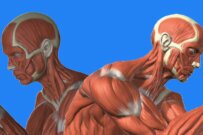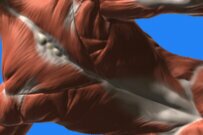Swedish massage is usually considered a light, relaxing, stress relief type of massage, and is a type of full body massage that incorporates techniques of effleurage, petrissage, friction, tapotement, and vibration.
- Effleurage is a long, smooth stroke that slides over the skin and is usually very fluid feeling. This gliding stroke is often used to warm-up the tissue, apply the lotion, and connect with the body. Effleurage massage strokes can be light or deep and can be performed on any part of the body. Therapists can use full palm, fingers, elbows or forearms to perform these strokes.
- Petrissage is a kneading stroke that squeezes the muscle body. Petrissage can be performed with two hands, one hand, or between the fingers in a rolling type motion. Wringing motion can help increase circulation to a specific area and break up adhesions .
- Friction strokes are to create heat in the soft tissues of the body. Rubbing one surface over another in a quick motion creates the friction effect during the massage. Friction is applied to the skin and is used to warm the muscles for deeper work.
- Tapotement is a quick, rhythmic percussion stroke, administered with the edge of the hand, a cupped hand or the tips of the fingers. It is primarily used to stimulate the nervous system. There are several types of tapotement including beating (closed fist lightly hitting area), slapping (use of fingers to gently slap), hacking (use the edge of hand on pinky finger side), tapping (use just fingertips) and cupping (make your hand look like a cup and gently tap area).
- Vibration is a stroke that creates an oscillating effect similar to mechanical massage devices but the effect is created by the massage therapists. Vibration can be created using the fingertips applied to a small, specific portion of the body or can be created by jostling an entire joint or muscle body during a Swedish massage.
These five Swedish massage strokes can be applied in many variations and put together in a variety of ways so that no two massages are the same. Each therapist has a unique interpretation of these basic strokes and can tailor each session to meet the needs of each individual client.





